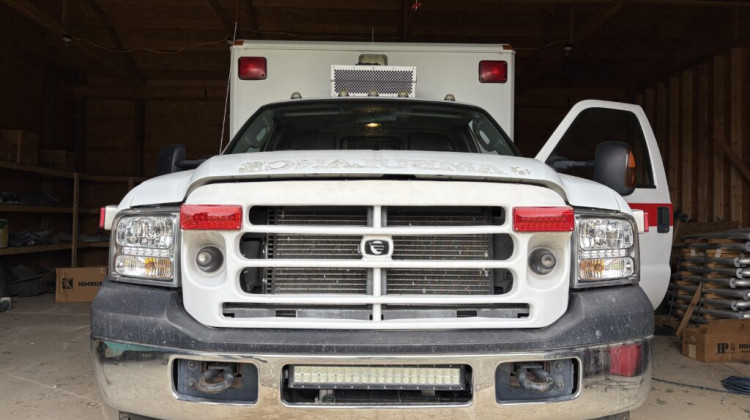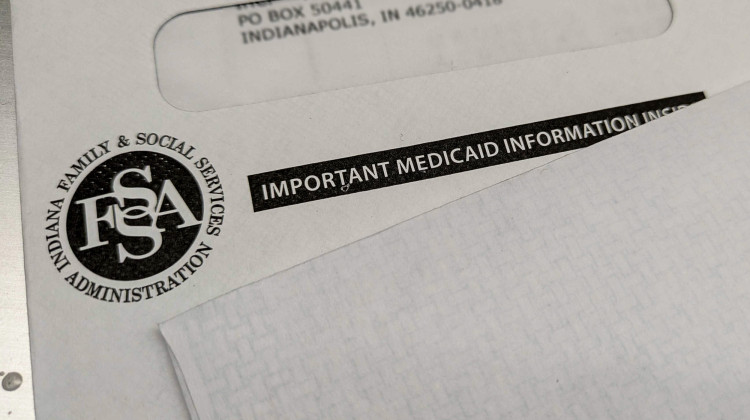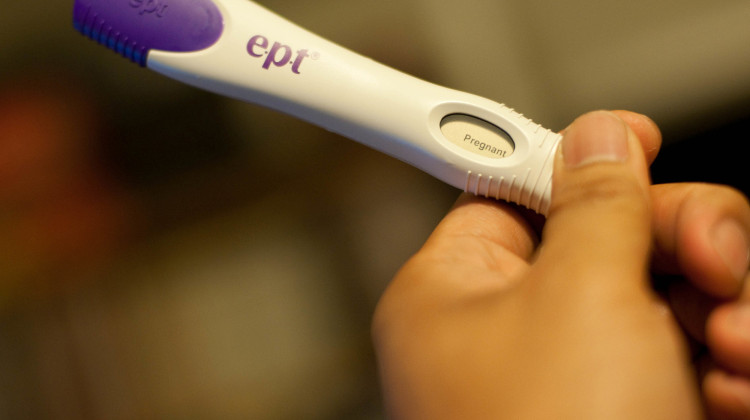
Today, the American Heart Association released updated guidelines for CPR.
CPR IN AMERICA / NIC MINETOR. FIONAINDIANAPOLIS -- Today, the American Heart Association released updated guidelines for CPR, encouraging more bystanders to help in case of sudden cardiac arrest by calling 9-1-1 and starting CPR.
More than 326,000 people experience cardiac arrest outside of a hospital each year. About 90 percent of them die, often because bystanders don’t know how to start CPR or are afraid they’ll do it wrong.
Doctor Farhan Bhanji, a professor of pediatrics at McGill University helped create the new guidelines. He spoke with Side Effects about how you may be able save someone’s life even if you haven’t had CPR training.
Tune in to WFYI Public Television Oct. 15 at 10 p.m. to watch the one-hour special, "CPR in America," on how to perform hands-only CPR and learn how to save a life.
Side Effects: Why do the new guidelines emphasize it hands-only CPR, or CPR without mouth-to-mouth?
Farhan Bhanji: Hands-only CPR is something that we know works. The reason that it’s becoming more prominent is that we know most victims of cardiac arrest actually don’t receive any CPR. Part of the reason is that the person who sees them is either panicked or is afraid of hurting the individual. Most people have not trained in a conventional CPR course. Only about maybe 5 percent of the US population has actually done that recently. So what we're advocating for is that you can do something at that moment, something that dramatically increases that person’s chances of survival.
SE: How does CPR help?
FB: The body doesn't get any blood flow when you have cardiac arrest. So the role of CPR is to push on the chest, [and] that blood that leaves the heart as you're pushing down on it goes up to the brain, profuses the brain, goes to the small vessels that go to the heart to give it the best chance of recovering. And it also goes around and profuses other vital organs like the kidney and keeps the body in the best possible shape it can be.
SE: How does hands-only technique compare to conventional CPR including mouth-to-mouth?
FB: Hands-only CPR is very effective. We recommend that people who have taken a CPR course continue to use conventional CPR, with compression and ventilations. However those who haven't been trained or those who aren't willing to provide mouth-to-mouth, can give compression-only CPR and that will be as effective for most patients.
SE: Do we need any sort of training to feel like we can competently perform hands-only CPR?
FB: The answer to that is really Yes and No. If you witness somebody in cardiac arrest, hands-only CPR doubles to triples their chance of survival. To overcome that fear, that panic, call 9-1-1 and get some assistance and do something. If you really want to improve your confidence and your ability to provide CPR, take a CPR course or learn it through short video courses you can take in your own home.
The one key message to take away from this is that the power to save a life is in your hands. There is a little bit of variation in hospitals when it comes to cardiac arrest. That the difference between hospitals is very small relative to the difference of whether that person had CPR initiated by a bystander or whether they did not. And if you think about it, the most likely person that you're going to be doing that CPR on, is someone that you love.
 DONATE
DONATE





 View More Articles
View More Articles


 Support WFYI. We can't do it without you.
Support WFYI. We can't do it without you.